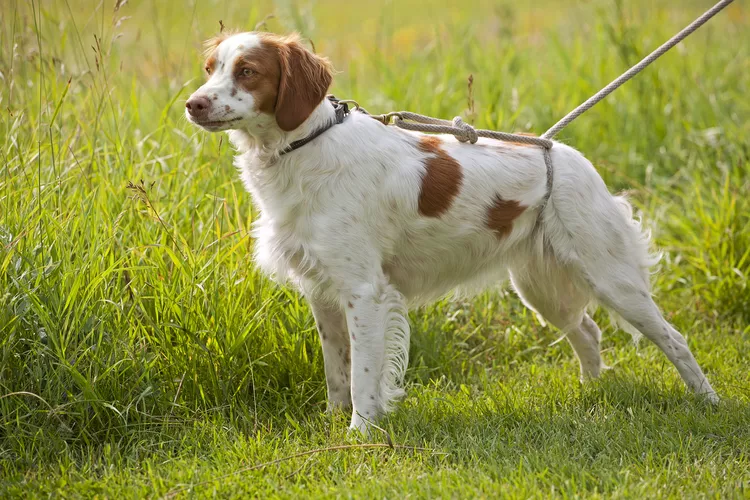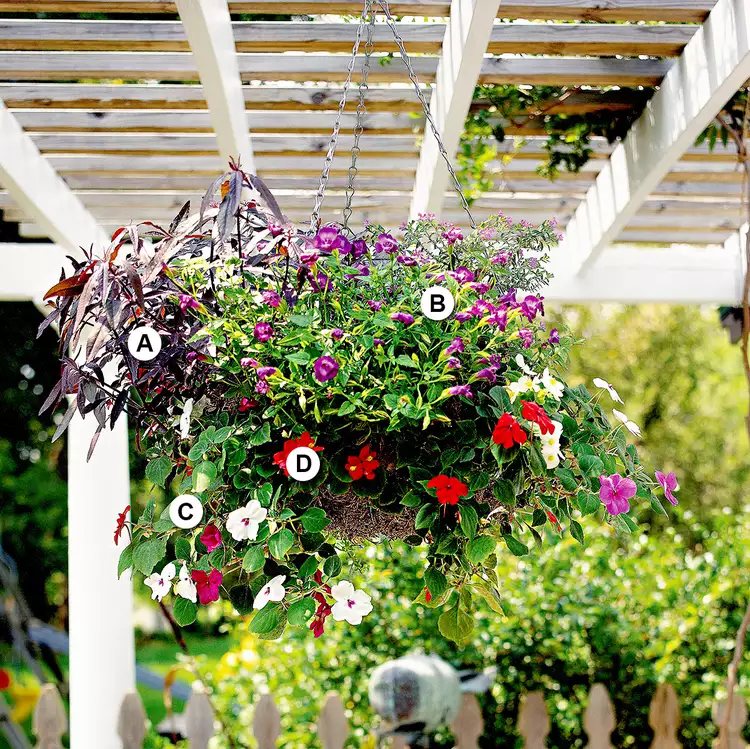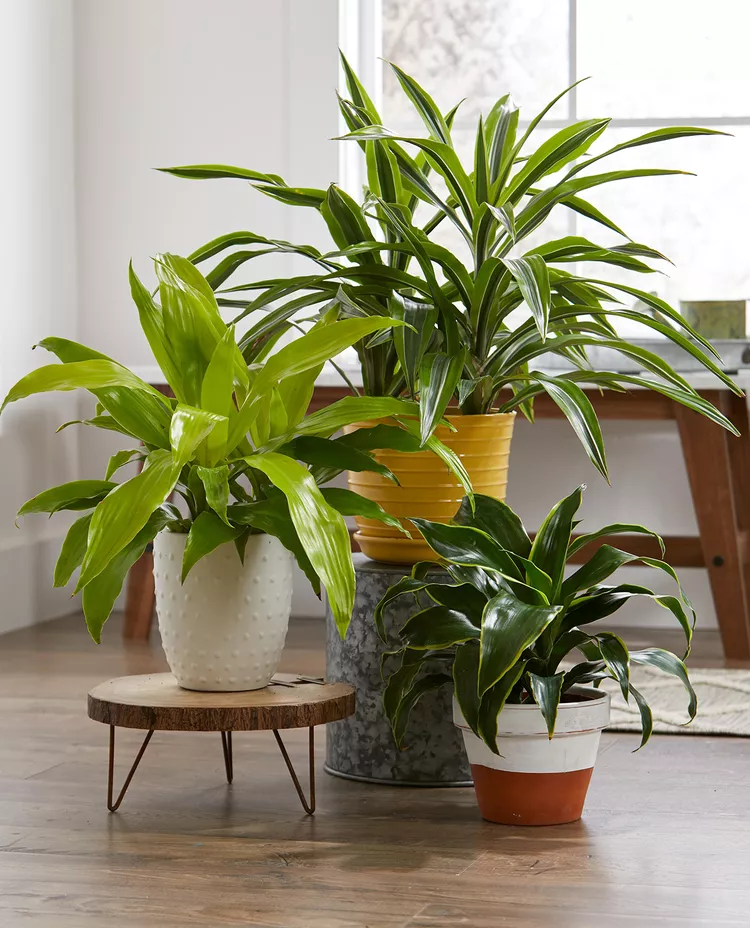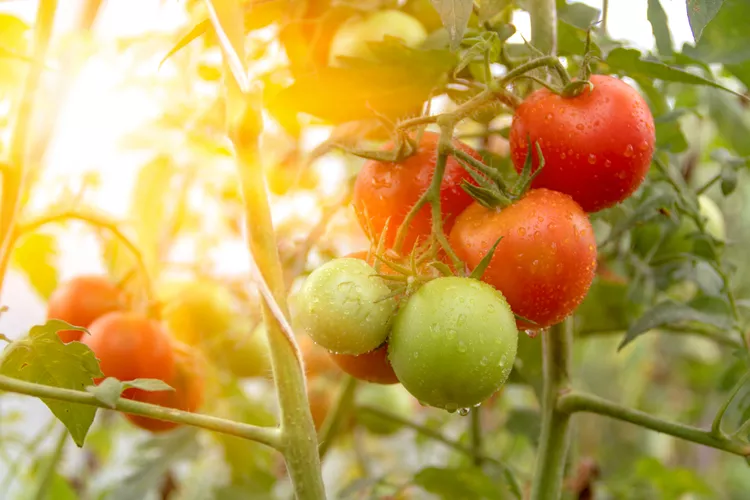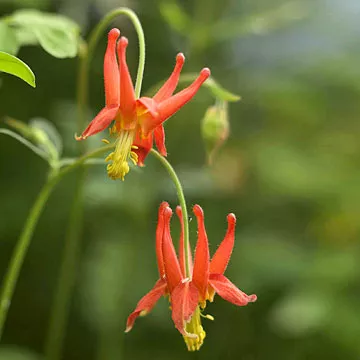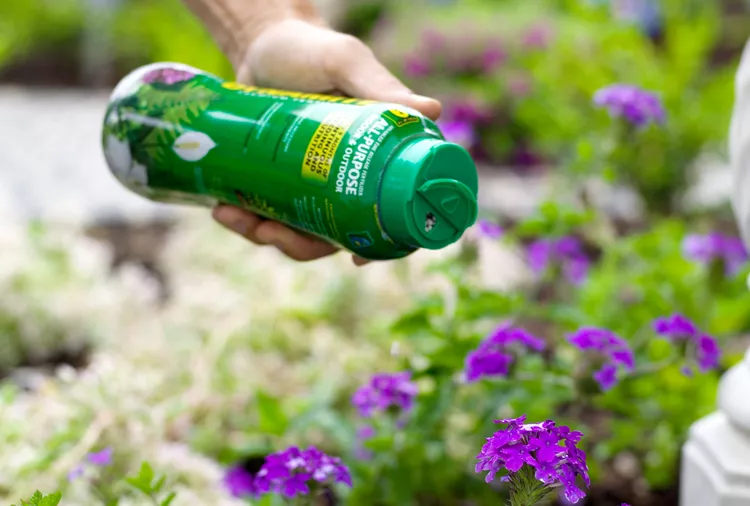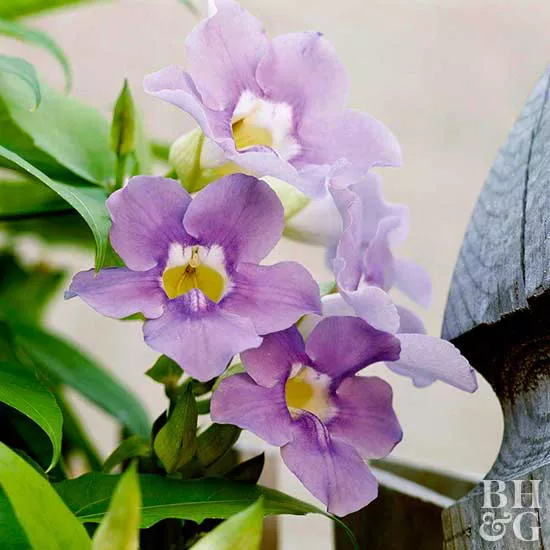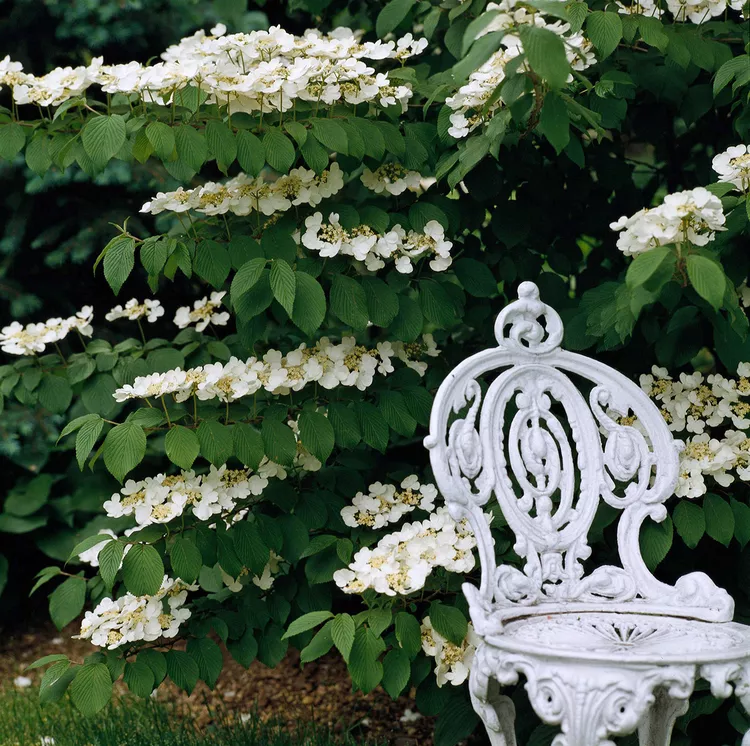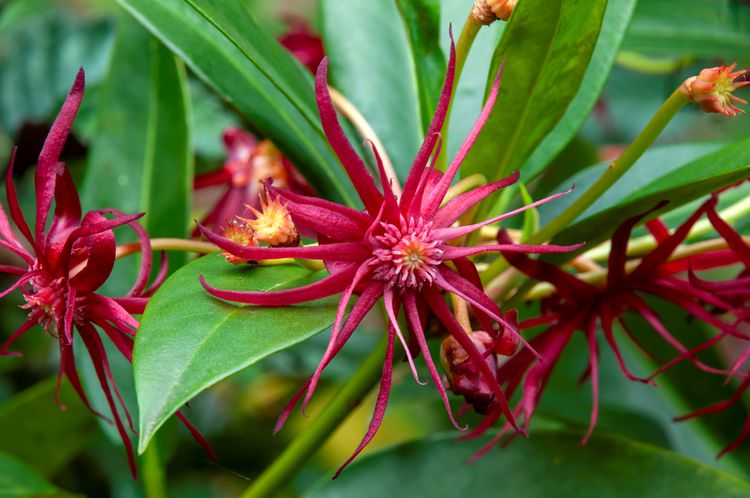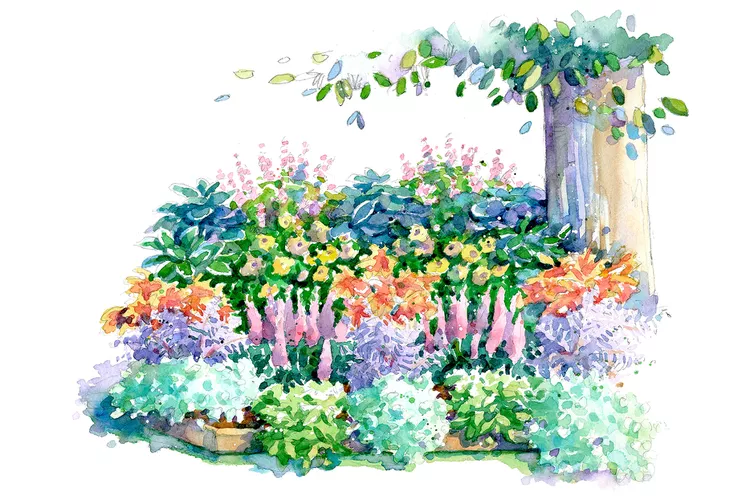Cherry laurel (Prunus laurocerasus) welcomes spring with boldly fragrant blossoms. The 4- to 6-inch-long flower spikes are popular with pollinators. After the flowers fade, cherry laurel produces purple-black fruit that is a food source for songbirds. Glossy, evergreen leaves make this easy-to-grow shrub an excellent plant for a mixed shrub border, hedge, or foundation planting. It also can be grown as a small tree.
The leaves, seeds, fruits, and stems of cherry laurel are toxic to humans and pets.
Cherry Laurel Overview
| Genus Name | Prunus laurocerasus |
| Common Name | Cherry Laurel |
| Plant Type | Shrub, Tree |
| Light | Part Sun, Shade, Sun |
| Height | 10 to 20 feet |
| Width | 8 to 10 feet |
| Flower Color | White |
| Foliage Color | Blue/Green |
| Season Features | Colorful Fall Foliage, Spring Bloom |
| Special Features | Attracts Birds, Fragrance |
| Zones | 10, 5, 6, 7, 8, 9 |
| Propagation | Stem Cuttings |
| Problem Solvers | Deer Resistant, Drought Tolerant, Good For Privacy |
Where to Plant Cherry Laurel
Cherry laurel is prized for its ability to grow in full sun or deep shade. In Zones 6 and 7, this shrub or small tree grows best in sun or shade, while in Zones 8 and 9, it does best in partial shade to full shade. Cherry laurel prefers loose, well-drained, fertile soil but tolerates poor, sandy, and clay soil. Don’t plant it in mucky, wet soil. It is deer-resistant and drought-tolerant and tolerates salt spray.
How and When to Plant Cherry Laurel
Plant cherry laurel in early spring or fall. Dig a planting hole slightly larger than the shrub or tree’s root ball. Situate the root ball in the hole so that the top of the root ball is even with the surrounding soil. Backfill the planting hole with the native soil and water the plant deeply. Cover the root zone with a 2-inch-thick layer of mulch to reduce soil moisture loss.
Water the newly planted cherry laurel as needed to receive about 1 inch of water per week. After two months, the plant should have established a robust root system in the native soil, and supplemental watering can be reduced. Water as needed during periods of drought.
Cherry Laurel Care Tips
Light
Cherry laurel grows best in part to full shade in Zones 8 and 9 and grows well in full sun or shade in Zones 6 and 7. In hot regions, such as the Deep South, it benefits from some afternoon shade. It also grows in deep shade and thrives, but it grows slowly there.
Soil and Water
Cherry laurel grows well in average, well-drained soil, but it tolerates dry soil and clay once it is established. After it develops a robust root system, cherry laurel is drought-tolerant. It also tolerates salty conditions. Do not plant cherry laurel in a wet, soggy site. Water cherry laurel regularly for the first two months after planting. After that, water as needed during extended dry periods.
Temperature and Humidity
Heat and humidity are no problem for cherry laurel. This tough shrub is beloved for its ability to flower, fruit, and thrive through long periods of high heat and humidity. In Zones 8 and 9, plant it where it receives afternoon shade to shield it from the most intense heat of the day.
Fertilizer
Fertilizer is not required. If desired, fertilize plants in early spring by spreading a 2-inch-thick layer of well-decomposed compost over the root zone or use an all-purpose fertilizer according to the product instructions.
Pruning
Prune cherry laurel in spring after the flowers fade. When planted in ideal growing conditions—moist, well-drained soil and sun or shade—cherry laurel grows quickly and requires regular pruning to keep it in bounds. Cherry laurel tolerates shearing well and can be sculpted into a formal shape, but it is easiest to maintain when it is allowed to develop a natural form.
Potting and Repotting
Cherry laurel can grow in a container that offers good drainage. It is sensitive to overwatering and prefers to grow in well-drained soil that is allowed to dry out slightly between waterings. Water cherry laurel growing in a container with care. The plant is a fast grower, so it may outgrow its container. When it does, choose a larger container for repotting, or replant the cherry laurel outside in the garden.
Pests and Problems
Cherry laurel is troubled by few pests. Pests and diseases are typically problematic only on trees that grow in stressful environments. Extreme drought, wet or soggy soil, and full sun in Zones 8 and 9 can create weak growth that makes the plant susceptible to pest and disease problems. Aphids, mites, and peachtree borers can be problematic on stressed plants. Use neem oil to treat these unwanted pests.
How to Propagate Cherry Laurel
Propagate cherry laurel with stem cuttings. Cut 6-8 inches from the tips of healthy stems. Remove any leaves from the lower half of the cuttings and cut half off any remaining leaves. Dip the bottom half of each cutting into rooting hormone and plant it in a small pot filled with well-draining potting soil. Water the soil, but don’t make it soggy.
Place a clear plastic bag over the cutting and pot, and place it in a warm, bright location with a temperature of about 65°F to 75°F. Monitor it and water only when needed to maintain moist soil. It takes only a few weeks for the cuttings to grow roots.
Types of Cherry Laurel
There are several cherry laurel cultivars. Each cultivar differs by size and sometimes growth habit. Common cultivars include:
Schipka
Schipka cherry laurel (Prunus laurocerasus ‘Schipkaensis’) is an upright shrub with a vase shape. Its fragrant, white flowers appear in spring. With its narrow base, it’s perfect for perennial borders or adding to a mixed shrub planting. It grows 10 to 15 feet tall and 5 to 7 feet wide. It tolerates alkaline soil. Zones 5–9
Volcano
Volcano cherry laurel (Prunus laurocerasus ‘Jong1’) has a rounded, compact form. Its new leaves emerge with dark red tones and mature to bright green in summer. It grows 4 to 6 feet tall and 4 to 5 feet wide. This compact cherry laurel is perfect for filling in empty spaces in the landscape. Zones 6–9
Greenfinity
Greenfinity cherry laurel (Prunus laurocerasus ‘Greenfinity’) produces small white flowers in spring and has bright green new growth that matures to rich green in summer. It grows 4 to 5 feet tall and 3 to 4 feet wide. Zones 5-10
Cherry Laurel Companion Plants
Pair cherry laurel with other easy-to-grow flowering shrubs for a colorful hedge planting that attracts pollinators.
Rhododendron
Rhododendrons (and their smaller cousins, azaleas) are prized for their glossy green foliage and showy clusters of spring blooms. The most common flower colors are purples and pinks, but there are also white and cream varieties. Most rhododendrons prefer a shady location, but a few new varieties are available for sunny areas.
Arrowwood Viburnum
Arrowwood viburnum is an upright shrub that offers a good show of orange-yellow fall color, clusters of white flowers in spring to late summer, and blue-black fruits in fall. It grows 10 feet tall and wide. It is listed as invasive in a few northeastern states, so check with a horticultural expert before planting in those areas. Zones 3-8
Gardenia
Gardenias are known for their intoxicating sweet fragrance produced by waxy white blossoms. These beautiful evergreen plants boast shiny, emerald-green foliage. A unique trait of gardenia blossoms is that they typically bloom as a bright, clean white and fade to a creamy yellow as they age. The plants grow from 3 to 10 feet tall. Zones 8-10.
Potentilla
Potentilla has crisp, neat foliage and charming flowers that resemble anemones. It grows to only 3 feet tall and slightly wider. This hardy shrub blooms in a broad color range over a long period from late spring to autumn, attracting pollinators. When the leaves drop in fall, a reddish peeling bark is revealed. Zones 2–7






